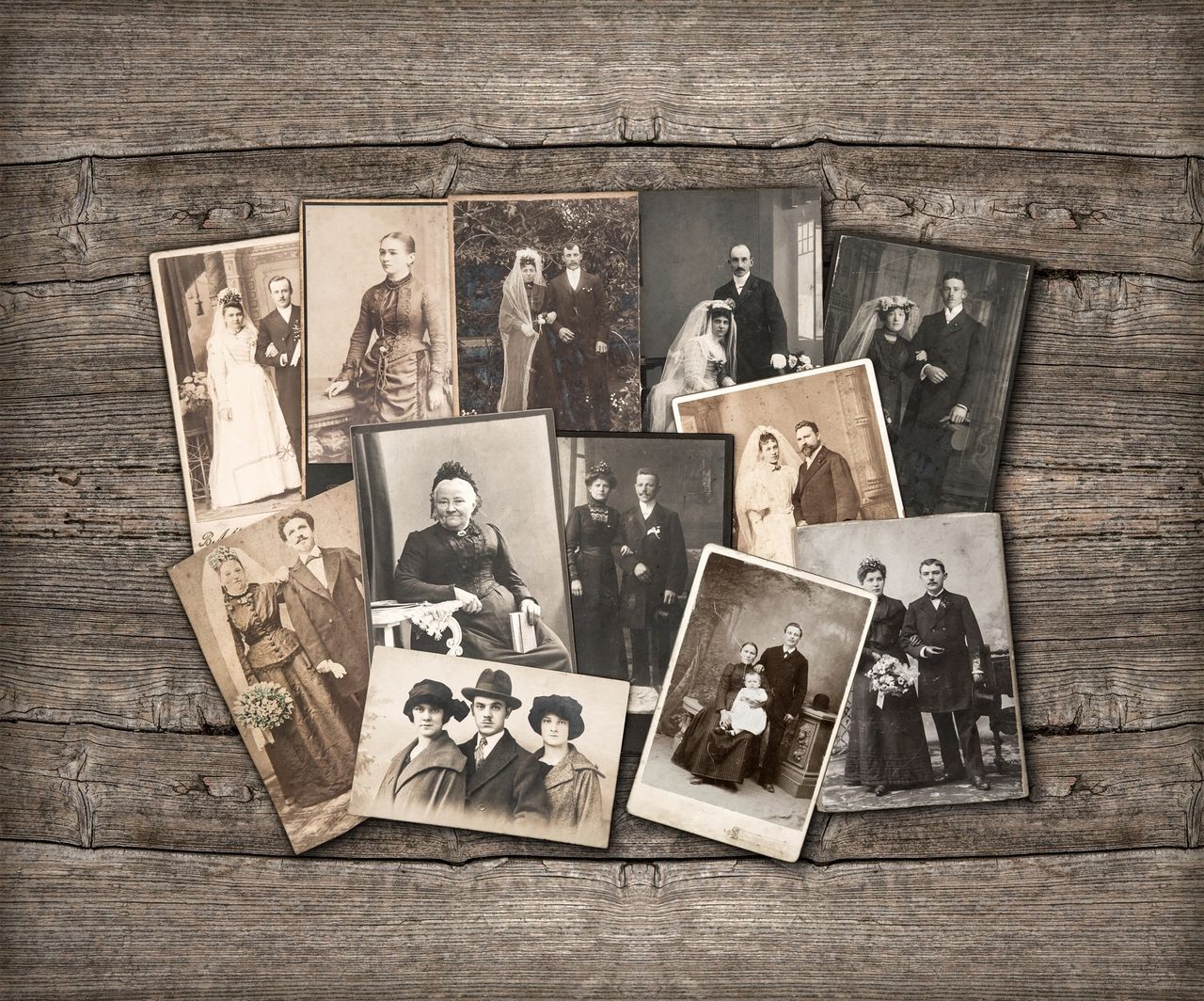6 March 2025|communication skills, intercultural, leadership skills

Explain culture to enrich your global team
If you are working in or leading a diverse team, how can you explain culture and lead by example?
How can you ensure that your colleagues are enriched through learning about each other so potential misunderstandings and conflict are reduced?
How can you make sure that understanding of cultural differences in communication styles, helps accelerate your team’s achievements?
There’s not just one answer but I feel that these four behaviours are key to achieving better understanding to explain culture:
Flexibility
Patience
Forming individual relationships
Using stories and examples
Flexibility
People who are flexible appreciate and find joy in difference and diversity. They are the best at understanding the culture of others. They can support you to explain culture and are happy and able to educate others about cultural differences. They also do this well as they enjoy diversity rather than being challenged or irritated by it.
If you take the time to make it clear that different communication styles, work ethics, and values may exist due to our cultural backgrounds. Then it is easy to highlight that these differences can be enriching and a strength and that can bring different perspectives and creative solutions.
Emphasising the team’s shared purpose and common goals, will help everyone see that their diverse approaches to culture contribute to the success of the overall project.

Patience
Patience can be seen as a great tool when working with people with diverse cultural backgrounds.
For example, the patience to understand and accept when things may not move as quickly with a global team, as it might if your team were all in one location, or all of the same culture.
As well, patience to take a little bit more time to explain culture and to understand a colleague in terms of their preferred way of communicating and doing things. Not only being patient but also appearing to be patient tends to make others feel more relaxed and confident, and this creates the right atmosphere and situation for addressing cultural differences.
In general time spent early on in building a relationship with a colleague, is never wasted. In the medium and then long-term things will be smoother and move more quickly thanks to the time you put in at the beginning. This is because you will not be slowed by cultural misunderstandings as they will either not happen or be cleared up quickly. In practice, it only takes one person to show empathy by making an effort to understand others’ backgrounds, and then there will be a ripple effect moving through other members of the team.
If there is a misunderstanding, issue, or conflict within the team, then first of all determine whether there is a cultural element to it. If there is a culture of sharing cultural differences then, team members will feel safe expressing their thoughts and feelings about cultural issues. Open communication channels allow for concerns to be addressed before they escalate. Sometimes, what looks like a big issue, can be resolved quickly by addressing cultural differences.
It is never too early in a relationship within a team to address the question of culture and to explain culture with your team. The sooner a difference which has led to a misunderstanding is addressed, the better.
Individual relationships
The people who are most successful globally take the time to make sure that they know each person they work with as an individual not as a job title/nationality/cultural group.
This takes time but is invaluable in terms of strong work relationships and in building a productive and positive team.
A key part of this is to be an active listener. Show your team that listening is key through your example of active listening. Listen to understand, not just to respond. Everyone’s communication style is different so ask questions to ensure clarity and to learn more about their way of communicating.
This also gives you the opportunity to explain your preferred way.
Anyone within a team who is making efforts to adapt their communication style, perhaps by using more pauses when they speak, or selecting easily understandable language, will encourage this habit in others.
Another activity to consider is mentoring and peer learning. To do this, pair employees from different cultural backgrounds so they can learn from each other’s experiences. This builds strong relationships and reduces misunderstandings, as well as enriching everyone’s knowledge.

Stories and examples
It is always important to use examples, stories, and traditions, personal, cultural, folk stories, etc. Understanding a culture or a cultural difference or way of doing something is easier via a story than via theory.
You can start gently by sharing a family recipe and who cooked it/when you ate it.
A childhood game perhaps the same as your parents played, or your school routine.
These are things which everyone has in common, and the slight differences immediately highlight an aspect of each culture.
Sometimes the aspect highlighted answers a business difference.
These stories and examples can be a lead into having open discussions within the team about cultural differences. They can help explain why understanding each other’s culture is so important in the workplace for each person’s growth, and for the overall success of the team.
If you meet in the same location, you can facilitate this further by sharing food, music etc. You could build in some intercultural training to your next team meeting or away day.
Practical tips
Once they are understood, cultural differences can be positives in the performance of a team, as well as improve how each team member feels valued. There are two practical areas to focus on to facilitate this.
Time
Make sure that everyone knows what’s expected, especially when it comes to deadlines and task priorities. Be explicit about timelines and cultural differences in working styles. Some cultures value and focus on time more than others. Think about how each of your team members values time, and the differences within the members of your team. For example, can a deadline have a degree of flexibility or not?
Communication
Most teams are a mixture of different communication styles. Some may value indirect communication or consensus-building, which might take more time in the short term, but ensures better communication in the medium and long term.
Others may value direct communication and not need consensus all the time. This can make things move quickly initially but may hinder progress and relationships in the medium and long term.
The best teams leverage the strengths of diverse communication styles and recognise that diverse communication styles can be an asset.
For instance, a team member with a more indirect communication style might encourage thorough discussions, leading to a well-thought-out solution.
On the other hand, someone with a direct approach may ensure decisions are made quickly.
Combining these styles can enhance efficiency as well as building stronger relationships.

Conclusion
To explain culture and lead by example involves fostering understanding and so ensures that cultural differences become a strength rather than a barrier. By emphasising empathy, open communication, cultural knowledge, and respect, you can create a harmonious and efficient team environment.
Further reading
Intercultural Success Coaching
If you are working within a multicultural environment and are finding it confusing or challenging, or would like to improve your performance, please contact Intercultural Success.
We have decades of experience and have helped strengthen culture in global teams, and support successful global team leadership with hundreds of global leaders. Contact us today via the form below to discuss your challenges.

